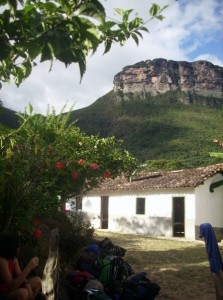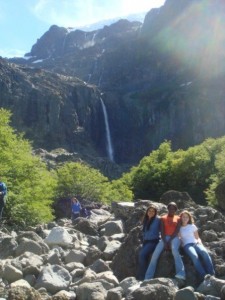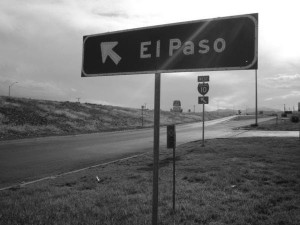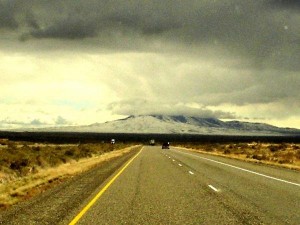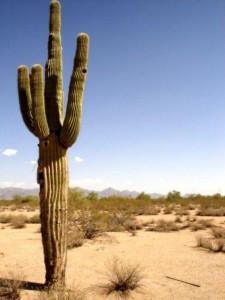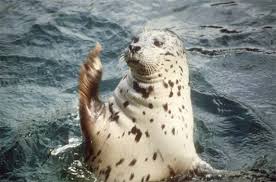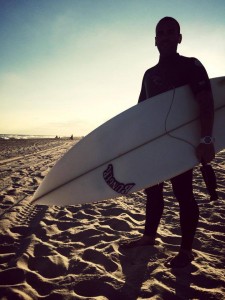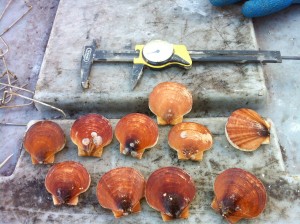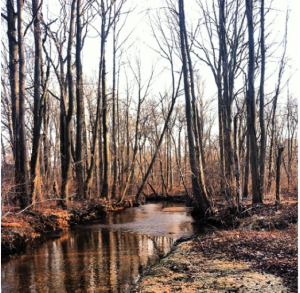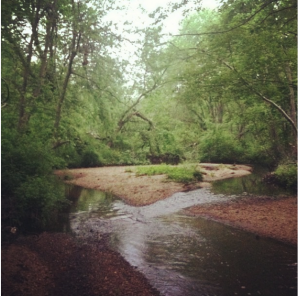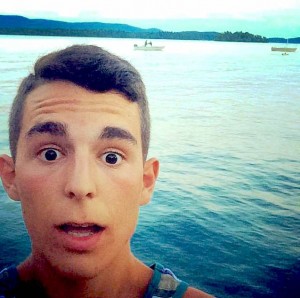In 2008, I was hopeless. College? How was I supposed to know what to study? My nature-photographer father ‘s voice rung in the background, telling me to follow my passion.
The thing is, art was my passion. Art schools were out of my family’s budget, and coming from a family where both of my parents were artists, I was able to witness the ups and downs of the art world. I knew committing my college degree to art would not be the wisest choice. My mother urged me to take up writing. In her opinion, I wrote “terrifically,” and I had a “god-given talent,” but, writing was not my passion, and frankly, I never believed her. I loved traveling, learning about new cultures and meeting new people, but I heard that the chance of nabbing a job in the field of anthropology was slim to none.
I didn’t want to spend days in a studio making art or writing, because that would deprive me of nature’s elements. And studying cultures would lead me to a lab or minimum-wage fieldwork. But, I did know that I loved the natural world. From childhood, the outdoors felt more like home than my actual house. My memories are filled of games played in fern-laden oak forests, adventures in reed-walled marshes and fresh water ponds filled with minnows, and crabbing along the dunes of the Atlantic coast. As a child, I established a deep soul-enriching connection and understanding of the natural world.
I didn’t know what to I wanted to study. I wanted to focus on an area that would teach me how to improve the existing world, but no major seemed to fit me. I didn’t know what I was looking for, and I couldn’t find anything that sparked my interest. So, in the fall of 2008, I ignored my inability to muster more than a B- in science or math, and took up an Environmental Studies major at Stony Brook University Southampton.
Well, by the spring of 2009, I knew I was not ready to embark on an environmental major. Not only was I barely passing my classes that were mainly science- and math- based, but most of the information I was learning was disheartening. I saw no light at the end of the tunnel. I could not overcome the anxiety I experienced when I learned about the statistics of our future planet. It all sounded so bad. I left Stony Brook University Southampton and went to Suffolk County Community College where I began my Liberal Arts degree.
Let me take a step back to the time before I attempted an Environmental Studies major. My first experience of understanding the spiritual and philosophical aspect of the natural world dawned on me when I was sixteen. My high school gave students an opportunity to travel to India for ten days. This trip shocked my understanding of life.
Before this trip, I was like most other teenaged girls. I read fashion magazines, wore horrific make-up, bought cheap clothes and jewelry in order to fit into the newest trends. I was falling into the superficiality that American consumerism offers. I became interested in India after a class on world religions I had taken that year, and Hinduism captured my interest the most.
In Hinduism, there is a great respect for other living things. Cows are worshiped, and there are an infinite amount of gods, goddesses and deities who represent all parts of the physical and spiritual world. Well, India woke me up from my superficial stupor. My first encounter with India was the smell of cremating bodies that filled the vents of the landing jet. I cried when we finally got on our tour bus. Naked, malnutrition-bellied children pounded on the side of our bus with their handicapped mothers, signaling for food with their empty palms and stick-like fingers. They ran along the bus, through the heavy crowds, as we drove away.
But, among the dirt, there was beauty and hope in the people. Women adorned themselves in vibrant colored saris and jewel encrusted gold chains and nose-rings. The culture was so strong here. Yet, I was enraged by the injustice. Half of my clothes were made in this country. My garbage was taken here, left to be searched through by those pot-bellied children. But, why were they succumbed to this life of starvation and sickness when there were fields of potatoes, okra, peas, curry, and sunflowers not far from the city? Mainly, for money. This trip was a turning point. I witnessed the ugly reality consumerism and globalization has created for other people in this world, and they do not deserve it.
During the three years after this trip, I continued to travel. I came across once-in-a-lifetime opportunities to travel to some of the most amazing places on Earth. I found myself swimming with seals in the Galapagos, starring at ancient glaciers in Patagonia, Argentina, and even nearly encountering a jaguar in the Amazon Forest in Brazil. My highest point of awe was in Brazil. I was one of eleven students from around the world who were accepted into a backpacking/study abroad program there. We traveled through multiple provinces in the Northern area of the country to study the ecology, geography, culture, and forms of sustainability present there.
Mid-way through our 45-day trek, we arrived to Chapada Diamantina National Park. The park is located in the Chapada dos Veadeiros, an ancient plateau with an estimated age of 1.8 billions years, and is the highest plain in Central Brazil. We hiked through rain and mist for three days. On the fourth, the skies cleared and we came to one of the highest plains in the park. Below, we saw a beautiful valley that looked like it never ended. The valley’s rock walls were lined with gushing waterfalls, casting rainbows in their mist. It was like being at the top of the world. The air was so clean. The sight around me was breathtaking. I remember thinking, This is how the world should be.
Now back to my college story: With my time at Suffolk County Community College drawing to a close, I knew I wanted to find a way to objectify and communicate how beautiful the world is, and what it has to offer us outside of food, water, and gas. I graduated from Suffolk County Community College with an Associates in Arts degree in 2010. Back to the drawing board it was.
I decided to look back at Stony Brook University. After a short phone call, I discovered that I was still a Stony Brook student. My mind was somewhat set at ease. I immediately began searching through the majors. Anthropology: no. Art: no. Coastal Environmental Studies: I wish. English: no.
Then, I found a major I had never heard of before: Environmental Humanities. The major consisted of writing, literature, philosophy, social science and environmental art & aesthetics. Everything I loved was encompassed in this major, and all of it was centered around the environment. I felt like this major was made for me. To this day, I do not regret taking the long road to discovering my passion. Now, almost seven years after I began my endeavor into getting a higher education, I am studying how to communicate environmental issues through design and art. I couldn’t have imagined a better way for me to invest my years of education.
By Isabella Bartoloni
Sustainability Studies Program ’15
Environmental Humanities Major




